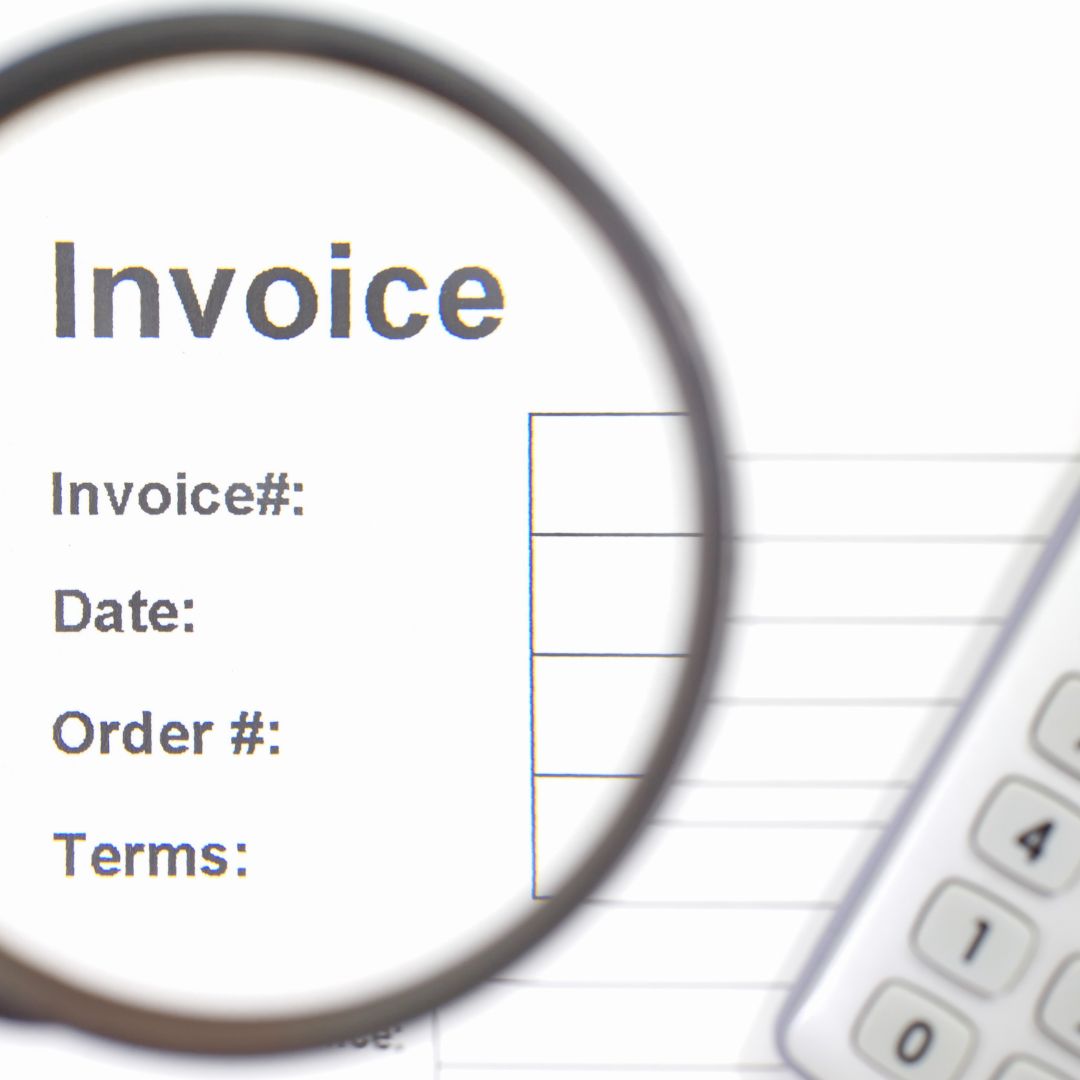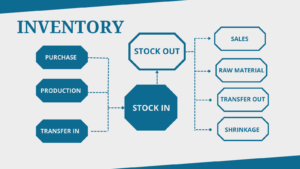In the realm of business transactions, paper invoices have long been a staple, providing a tangible record of goods and services exchanged. Despite the rise of digital solutions, many businesses still rely on custom paper invoices, receipts with carbon copy, and other traditional formats. This blog delves into the various types of paper invoices, including blank invoice paper, business invoice paper, and the transition to paperless invoices, offering a comprehensive overview for businesses seeking the best invoicing practices.
The Importance of Paper Invoices
Paper invoices serve as a fundamental document in business operations, ensuring that transactions are recorded and processed accurately. They provide a physical record that can be used for bookkeeping, auditing, and legal purposes. While digital alternatives are increasingly popular, paper invoices continue to play a crucial role in many industries due to their reliability and the tangible proof they provide.
Custom Paper Invoices
Why Choose Custom Paper Invoices?
Custom paper invoices are tailored to reflect a company’s brand identity and meet specific business needs. Unlike generic templates, custom invoices can be designed to include a company’s logo, contact information, and unique formatting. This personalization not only enhances professional appearance but also helps in creating a cohesive brand image.
Benefits of Custom Paper Invoices
- Brand Recognition: A well-designed custom invoice reinforces your brand’s identity and helps in building a professional image.
- Increased Accuracy: Tailoring invoices to include all necessary details minimizes the chances of errors and omissions.
- Enhanced Functionality: Custom invoices can be designed to include specific fields or sections that cater to particular business requirements.
Designing Custom Paper Invoices
When designing custom paper invoices, consider including the following elements:
- Company Logo and Information: Clearly display your logo, business name, address, and contact details.
- Invoice Number and Date: Ensure each invoice has a unique number and the date of issuance.
- Client Information: Include the client’s name, address, and contact details for accurate record-keeping.
- Itemized List of Goods/Services: Provide a detailed description of the products or services rendered, including quantities and prices.
- Payment Terms: Specify the payment terms, including due date and accepted payment methods.
- Tax Information: Include any applicable taxes and tax identification numbers.
Receipts with Carbon Copy
The Role of Receipts with Carbon Copy
Receipts with carbon copy are a traditional method of providing a duplicate record of transactions. These receipts feature a carbon layer that transfers information from the original receipt to the copy, creating a duplicate for both the business and the customer.
Advantages of Using Receipts with Carbon Copy
- Immediate Record Keeping: Carbon copies provide an instant duplicate, allowing both parties to have a record of the transaction.
- Reduced Errors: The use of carbon copies can help reduce errors associated with manual record-keeping and ensure accuracy.
- Legal Proof: Receipts with carbon copy serve as legal proof of transactions, which can be useful for dispute resolution and auditing purposes.
Best Practices for Using Receipts with Carbon Copy
- Ensure Quality Materials: Use high-quality carbon paper to ensure clear and legible copies.
- Check for Accuracy: Double-check the information before issuing the receipt to avoid mistakes.
- Keep Copies Organized: File and store copies systematically for easy retrieval and reference.
Transition to Paperless Invoices
The Benefits of Going Paperless
The transition to paperless invoices has gained momentum due to the numerous benefits it offers:
- Cost Savings: Reducing or eliminating paper invoices cuts costs related to printing, paper, and storage.
- Environmental Impact: Going paperless helps reduce paper waste and contributes to environmental sustainability.
- Efficiency: Digital invoices can be processed and accessed more quickly than paper invoices, streamlining accounting and administrative tasks.
Implementing a Paperless Invoicing System
To transition smoothly to a paperless invoicing system, follow these steps:
- Choose the Right Software: Select invoicing software that suits your business needs and integrates with your accounting system.
- Digitize Existing Records: Convert any existing paper invoices and receipts into digital format for comprehensive record-keeping.
- Train Your Team: Ensure your staff is trained on how to use the new digital system and understands the benefits.
- Establish Digital Filing Systems: Create organized digital filing systems for easy access and retrieval of invoices.
Security Considerations
When moving to a paperless system, security is crucial. Implement measures such as:
- Data Encryption: Protect sensitive information with encryption to prevent unauthorized access.
- Regular Backups: Regularly back up digital invoices to prevent data loss.
- Access Controls: Restrict access to invoicing data to authorized personnel only.
Blank Invoice Paper
What is Blank Invoice Paper?
Blank invoice paper refers to pre-printed paper that lacks specific invoice details. It typically includes space for businesses to manually write or print transaction information. This type of paper is often used when custom or pre-designed invoices are not required.
Advantages of Using Blank Invoice Paper
- Flexibility: Blank invoice paper allows businesses to manually customize each invoice, offering flexibility in format and content.
- Cost-Effective: It is often less expensive than custom-printed invoices, making it a cost-effective option for small businesses.
- Easy to Use: Suitable for businesses that handle a low volume of transactions and do not require complex invoicing systems.
Tips for Using Blank Invoice Paper
- Maintain Consistency: Use a consistent format to ensure all necessary information is included.
- Ensure Legibility: Write or print clearly to avoid any misunderstandings or disputes regarding the invoice.
- Keep Records: Store blank invoices systematically to keep track of issued invoices and payments.
Business Invoice Paper
Defining Business Invoice Paper
Business invoice paper is specifically designed for professional invoicing and typically includes various features such as pre-printed company details, invoice numbers, and payment terms. It is used by businesses to issue formal invoices to clients.
Benefits of Business Invoice Paper
- Professional Appearance: Business invoice paper often includes pre-printed elements that enhance the professional appearance of invoices.
- Standardization: Helps maintain consistency and standardization in invoicing practices.
- Efficiency: Pre-printed elements save time and effort compared to creating invoices from scratch.
Choosing the Right Business Invoice Paper
When selecting business invoice paper, consider the following factors:
- Quality: Choose high-quality paper that reflects your business’s professionalism.
- Design: Ensure the design aligns with your branding and includes all necessary information.
- Compatibility: Select paper that is compatible with your printing equipment and invoicing software.
Conclusion
Paper invoices continue to be a valuable tool in business transactions, offering a tangible record that ensures accuracy and reliability. From custom paper invoices that enhance brand identity to the practical use of receipts with carbon copy, traditional invoicing methods have their place in modern business practices. However, the transition to paperless invoices offers significant benefits in terms of cost, efficiency, and environmental impact.
For businesses that prefer traditional methods, blank invoice paper and business invoice paper provide flexible and professional solutions. By understanding the various invoicing options available, businesses can choose the method that best fits their needs and ensure smooth, accurate financial transactions.
Whether you opt for custom designs or embrace digital solutions, the key to successful invoicing lies in clarity, consistency, and efficiency. By staying informed about the latest invoicing practices and technologies, businesses can effectively manage their invoicing processes and maintain a professional image.













